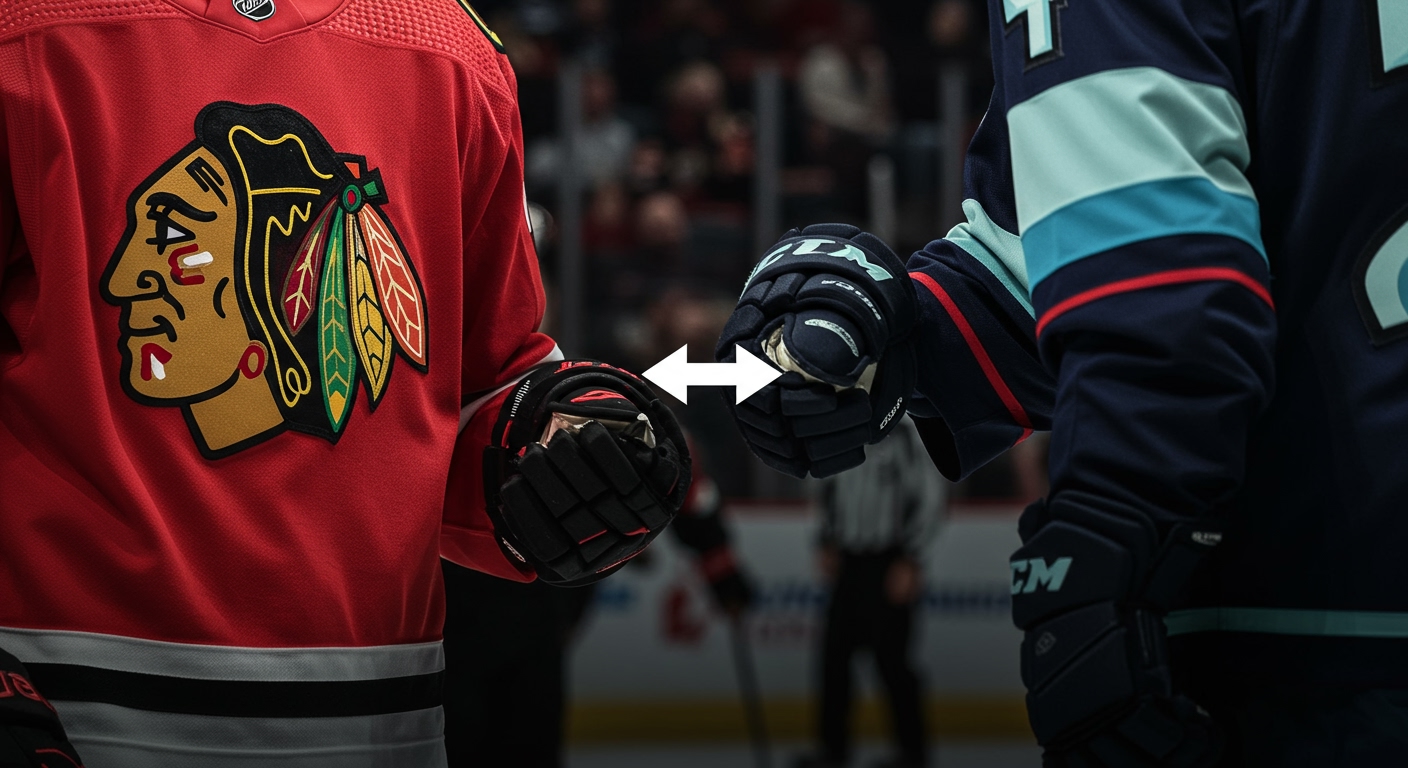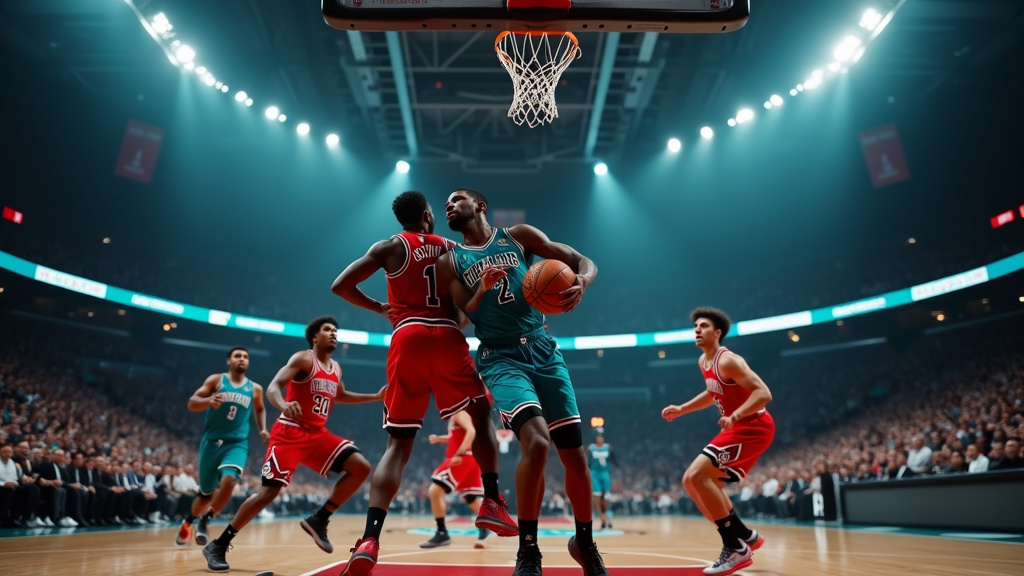As the Chicago Bears approach the crucial 2025 training camp period, the franchise is poised for a significant operational shift under the guidance of new Head Coach Ben Johnson and Defensive Coordinator Dennis Allen. This transition is widely characterized as a “full-scale reset,” a strategic pivot that could necessitate difficult decisions regarding established personnel.
Speculation surrounding potential roster adjustments is intensifying, with particular attention being paid to potential trade scenarios. According to a recent report published by ClutchPoints on Yahoo Sports, two prominent players who could emerge as “sneaky” trade candidates are Pro Bowl defensive end Montez Sweat and veteran tight end Cole Kmet.
Evaluating Key Personnel Decisions
The arrival of a new coaching staff invariably brings scheme changes and revised personnel evaluations. Head Coach Ben Johnson is expected to implement a more pass-heavy, spread offense, while Defensive Coordinator Dennis Allen is tasked with installing a “faster, more hybrid defense.” These schematic shifts inherently raise questions about the optimal fit for players acquired under previous regimes.
Compounding the strategic considerations is the team’s financial posture. As of the latest reports, the Chicago Bears rank 27th in the NFL in available cap space, with only $14.8 million currently accessible. This limited financial flexibility makes exploring avenues to free up substantial cap room a potential priority for the front office.
The Montez Sweat Situation
Montez Sweat, acquired via trade and subsequently signed to a lucrative four-year, $98 million extension in 2023, quickly established himself as a defensive cornerstone and earned a Pro Bowl selection. However, the report suggests his long-term fit within Allen’s proposed defensive scheme might not be ideal. The defensive coordinator’s preference for a “faster, more hybrid defense” could potentially highlight a different profile than Sweat’s skillset.
Furthermore, the emergence of younger, less expensive edge rushers such as Austin Booker and Dayo Odeyingbo provides the team with developing alternatives at the position. Should these young players demonstrate significant progress, the impetus to retain a highly compensated veteran might diminish.
A trade involving Sweat could offer significant financial relief. Moving his contract could free up over $15 million in cap space, a substantial sum given the team’s current cap constraints. While trading a Pro Bowl player is a complex decision with on-field implications, the potential financial maneuverability could be a compelling factor in a “full-scale reset.”
The Cole Kmet Conundrum
Cole Kmet has been a consistent presence and a “steady and productive player” for the Bears at the tight end position. He also signed a four-year, $50 million extension in 2023, signalling the team’s commitment at the time. However, his role and production may be re-evaluated within the framework of Coach Johnson’s anticipated “pass-heavy, spread offense.”
After a career year in 2023, where he recorded 73 receptions for 719 yards and six touchdowns, Kmet’s production saw a dip in 2024, finishing with 47 receptions for 474 yards and four touchdowns. This decline, while not necessarily indicative of a performance issue, could be viewed in the context of optimizing the offensive structure.
Adding another layer to the tight end situation, the Bears utilized a first-round pick in the 2025 NFL Draft to select Colston Loveland. The addition of Loveland, a highly touted prospect, introduces potential competition for targets and snaps, potentially making Kmet, who carries an $11.6 million cap hit in 2025, a more plausible trade piece should the new coaching staff favour different personnel or believe Loveland can immediately step into a significant role.
The Strategic Imperative
The report underscores that while parting ways with established and productive players like Montez Sweat and Cole Kmet would undoubtedly be challenging, these are precisely the kinds of “tough decisions” that front offices must contemplate during a fundamental organizational overhaul.
The objective is not simply to discard talent but to strategically align the roster with the vision of the new coaching staff, Ben Johnson and Dennis Allen, and to build effectively around the identified “young core” of the team. Financial flexibility, created through potential trades, could be reinvested in areas deemed more critical to the long-term plan.
As the 2025 training camp approaches, all eyes will be on Halas Hall. The coming weeks are expected to be a period of intense evaluation, practice, and potentially, significant roster changes as the Chicago Bears fully commit to their new direction and strategic reset.













